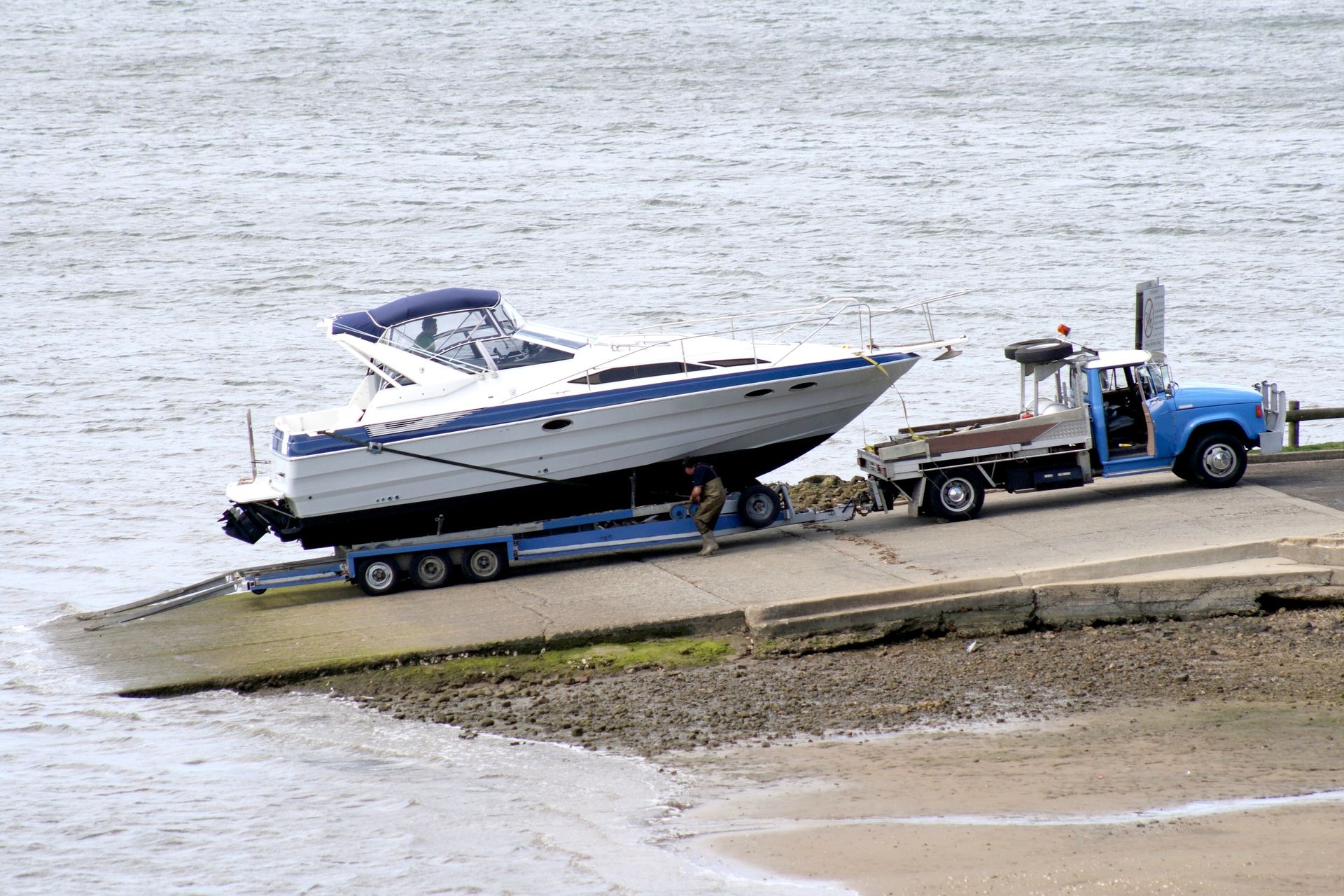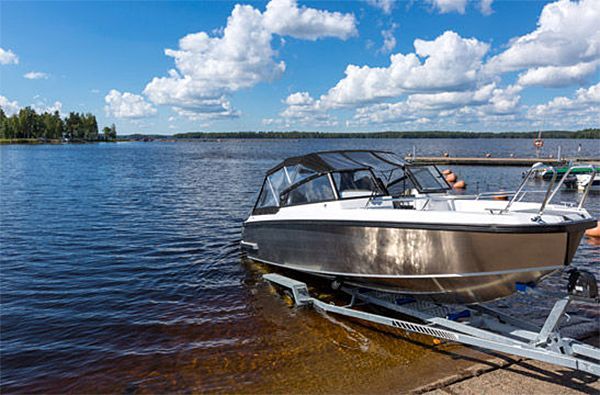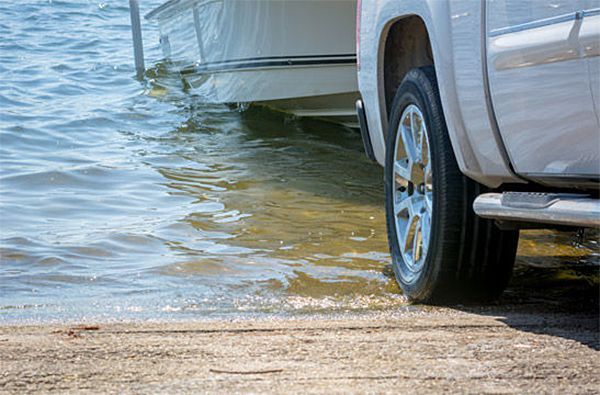Discover the Best Boat Ramps From Radtke Contractors
Are you in need of a reliable and sturdy boat ramp? Look no further! Radtke Contractors Inc, a family-owned dock builder, is here to serve you. We've been crafting top-of-the-line, heavy-duty boat ramps for residential, commercial, and industrial customers since 1965.
Call us to talk about the best ramp for your property. We handle everything from the design to the construction to ensure the best results. Ask for a free estimate!
Radtke is a name synonymous with quality & marine expertise!
Our Process for Boat Ramp Construction
Boat ramps are more than just a convenience; they're a necessity for any boat owner. When you choose Radtke Contractors to handle your boat ramp, we'll take care of things from start to finish. We consider:
- Site criteria
- Boat ramp design
- Construction methods
- Materials needed
- Permits needed
- Type and size of boats
Contact Us
Are you ready to make your boating experience more convenient and enjoyable? Call Radtke Contractors. We're here to serve you with the best boat ramps in Green Lake County, Winnebago County, and Outagamie County, WI. Let's make your boating dreams a reality!
Radtke Contractors is the RIGHT choice:
- We Are Local and Family Owned Since 1965
- We Have Over a Century of Construction Expertise in:
- Marine Construction
- Bridge Construction
- Excavating
- We Offer Exceptionally Crafted Shoreline Solutions
- We Manufacture Right Here, in Winneconne WI
Investing in your waterfront property is invaluable! Let us help create the shoreline of your dreams! Contact us today for a
FREE estimate!

Related Services
Learn More About
Radtke Contractors Inc
Located in Winneconne, WI. Radtke Contractors Inc specializes in seasonal and permanent docks, boat lifts, seawalls, and rip rap. Free estimates. Serving you since 1965. Fully trained and certified. Call us now.




Share On: